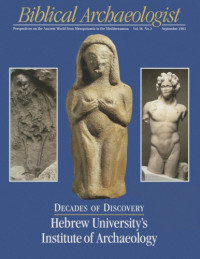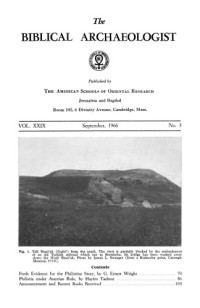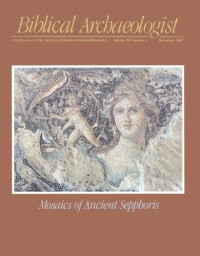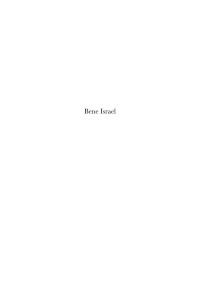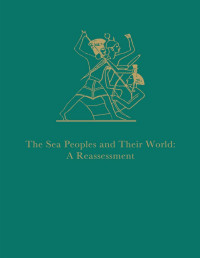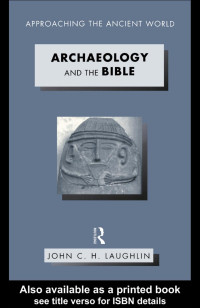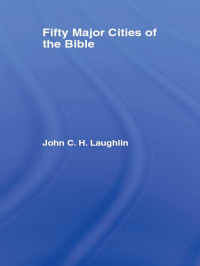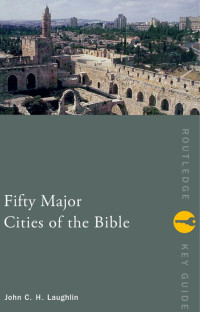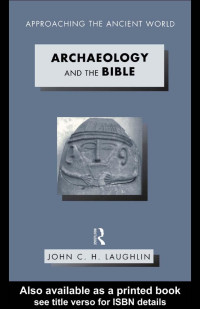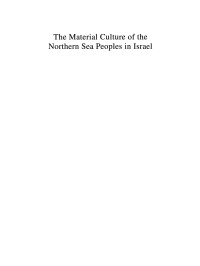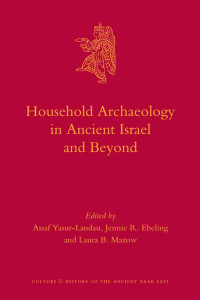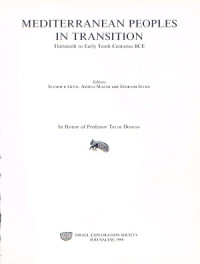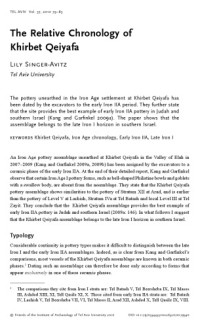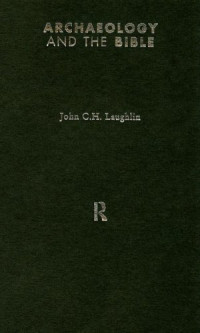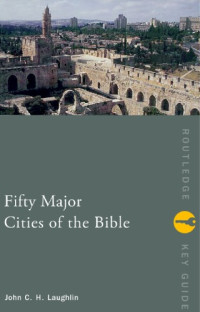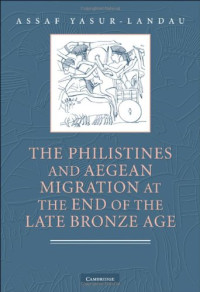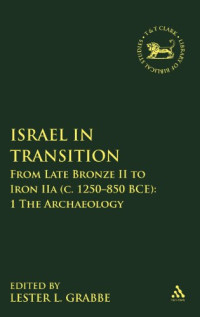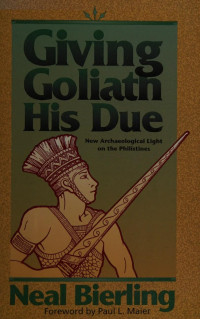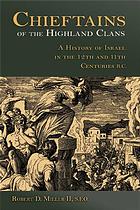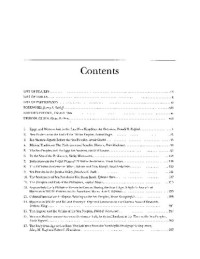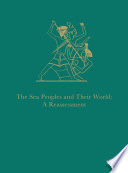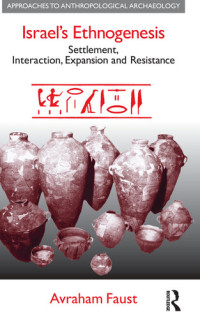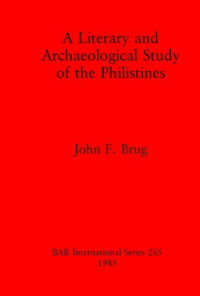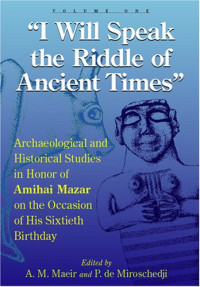
The Philistine Settlement as Mercantile Phenomenon?
Barako T.J.
American Journal of Archaeology. — 2000. — No 104 — p. 513-530.In recent years the traditional view of the Philistine settlement has been called into question by a growing number of scholars. Rather than being understood as a result of population movement, the sudden appearance of the intrusive Philistine material culture in southern coastal Canaan during the first half of the 12th century B.C. is attributed to mechanisms of trade. Locally produced Mycenaean IIIC:Ib pottery, the widely held hallmark of the Philistine settlement, is now seen by some as reflecting the activity of a loose confederation of maritime merchants based in Cyprus who distributed massive quantities of this type of pottery throughout the eastern Mediterranean. The archaeological evidence, however, does not support this alternative explanatory model. Three aspects of the Philistine settlement belie assigning to trade such a formative role in the foundation of these sites: (1) the complete absence of imports, (2) the fully urbanized character of the sites and socioeconomically diverse range of the population, and (3) the clear destruction levels directly preceding Philistine strata. In short, the available evidence best fits the traditional model of the Philistine settlement: hostile invasion by a migrating population bearing a distinctively new material culture.
 Amazon
Amazon  Barnes & Noble
Barnes & Noble  Bookshop.org
Bookshop.org  轉換文件
轉換文件 更多的搜索結果
更多的搜索結果 其他特權
其他特權 